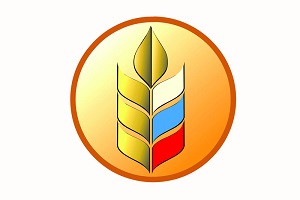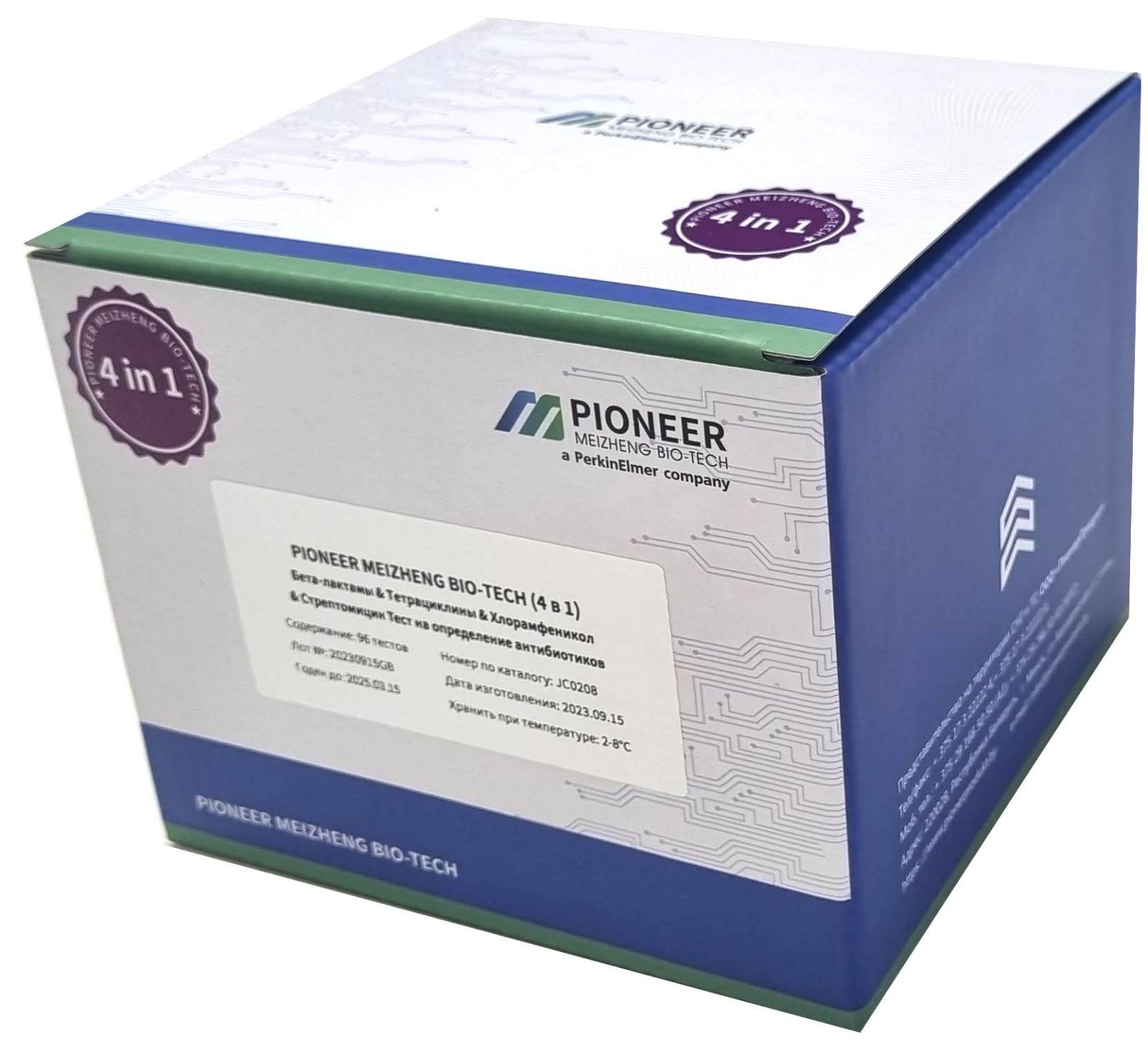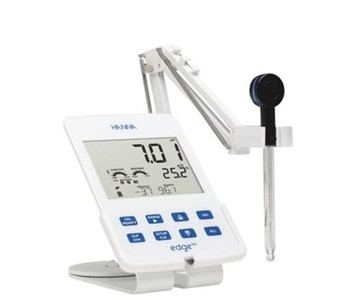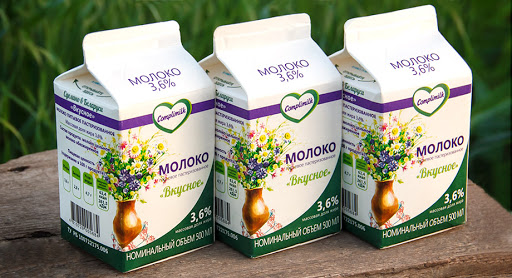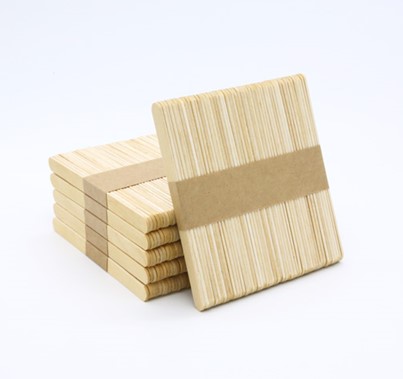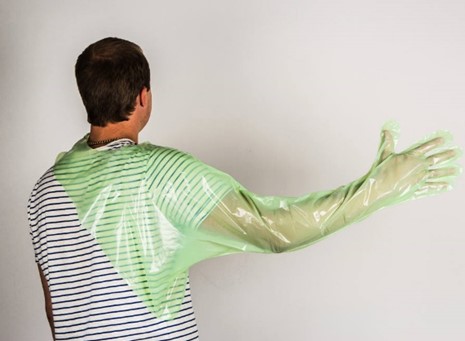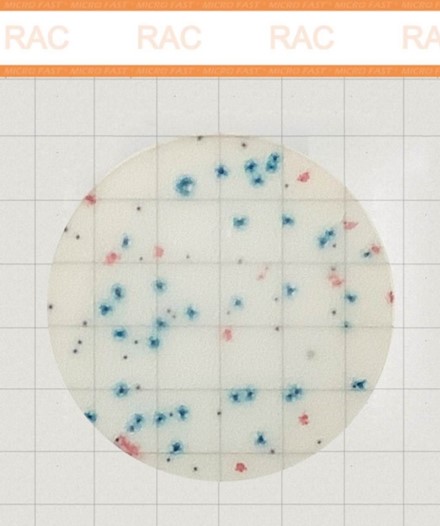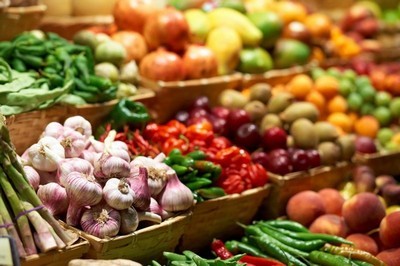The Ministry of Agriculture will refuse incentive subsidies from 2024
Starting from 2020, a compensating subsidy is issued to maintain the achieved indicators “per HEAD of livestock, per hectare, per ton,” and an incentive subsidy is issued for the development of industries that the regions have identified as priorities. During the pandemic, the subsidy ratio was fixed at 58/42% in favor of compensatory subsidies, but it was assumed that it would be possible to gradually abandon it. Some progress in this matter was achieved in 2023, when the volume of incentive subsidies for the first time exceeded the volume of compensatory subsidies: 31.7 billion rubles. against 26.7 billion rubles. Changing the mechanism of state support will most likely not lead to a reduction in its volumes.
For the third year in a row, RUSSIA retains its status as a net exporter of agricultural products: in 2022, exports of agricultural goods again exceeded imports , the trade balance amounted to $5.5 billion (in 2021 - $2.8 billion). According to the results of the 2022/23 season, Russia was provided with more than 185% of the main goods for the domestic and foreign markets - grain and vegetable oil (with target indicators in the Food Security Doctrine of 95% and 85%, respectively). Also, farmers meet the needs of the domestic market for fish and fish products by 153% (the goal is 80%), for SUGAR and MEAT - 103% and 101%, respectively. Only for MILK the figure has not yet been reached - 85% instead of 90%.
Agricultural producers surveyed by Agroinvestor are not yet ready to assess their attitude to changes in the support mechanism, but none of them named incentive and compensating subsidies as the main measure of state assistance. “The impact of the transformation of government support measures can be assessed based on the actual conditions and mechanism for providing subsidies,” says Andrey Neduzhko, general DIRECTOR of the Steppe agricultural holding. “If the current volumes and directions of support are maintained when compensating and incentive subsidies are combined, we do not expect a negative impact on industry performance.” Now Steppe is using all available government support measures.
Chairman of the board of directors of the Komsomolets breeding plant (Trans-Baikal Territory, grows rapeseed, malting barley, etc.) Valery Nagel says that the best support is subsidies for agricultural machinery manufacturers (government decree No. 1432), but it would be even more effective if the discount were increased up to 50% per unit of equipment. “The availability of equipment, at least in our region, is very low,” he adds.
According to the general director of the Tambovagropromkhimiya company Valery Solopov, the most effective government support is preferential lending . In addition, it has the most transparent provision rules. “Of course, there are subtleties in the contracts: for example, if the bank is not compensated for the difference in the rate, then it can present such a surprise - conditionally, instead of 5%, you will have to pay a commercial rate of 15%. But this would be nonsense, and I have not yet heard of such precedents,” Solopov commented. At the same time, he considers the subsidization mechanism not completely transparent. According to Solopov, it happens that one company received it in full, while the other received not a ruble.
At the same time, the general director of the Progress agricultural company (Krasnodar Territory), Alexander Nezhenets, says that the best support measure for plant growers would be the abolition of EXPORT duties and the lifting of restrictions on the export of rapeseed and sunflower. “We buy resources for production at market prices, and the state dictates at what price we should sell the harvest. This doesn’t happen in a market economy,” he says.

